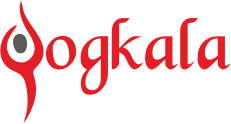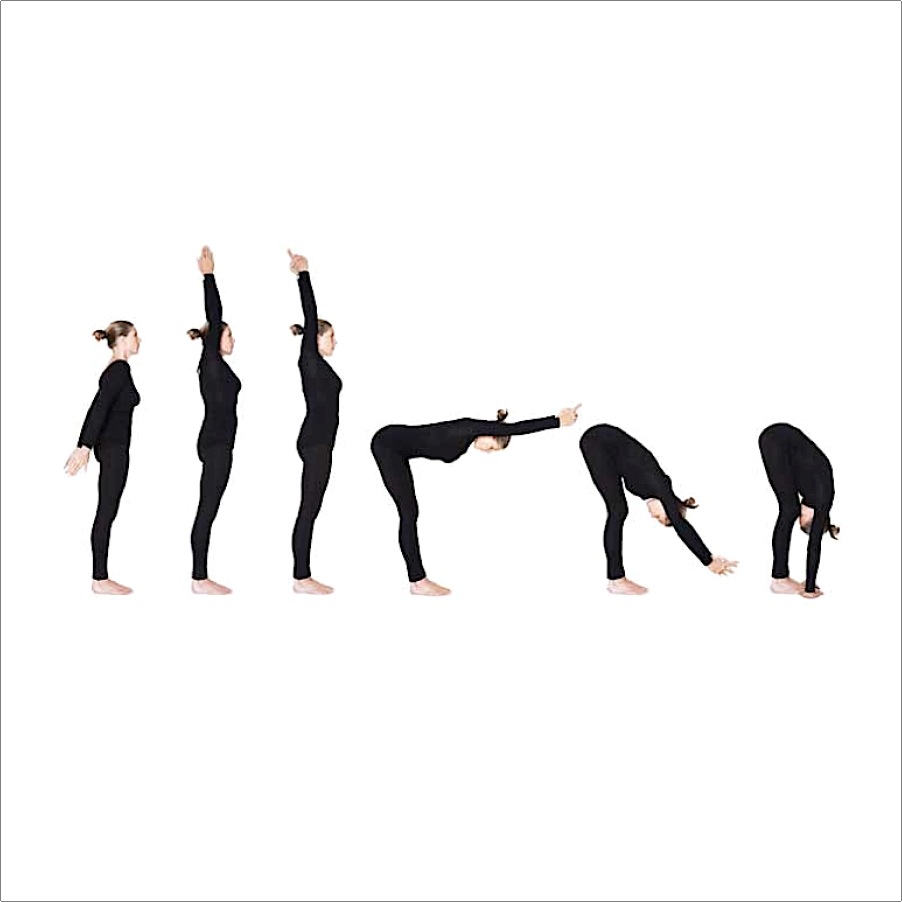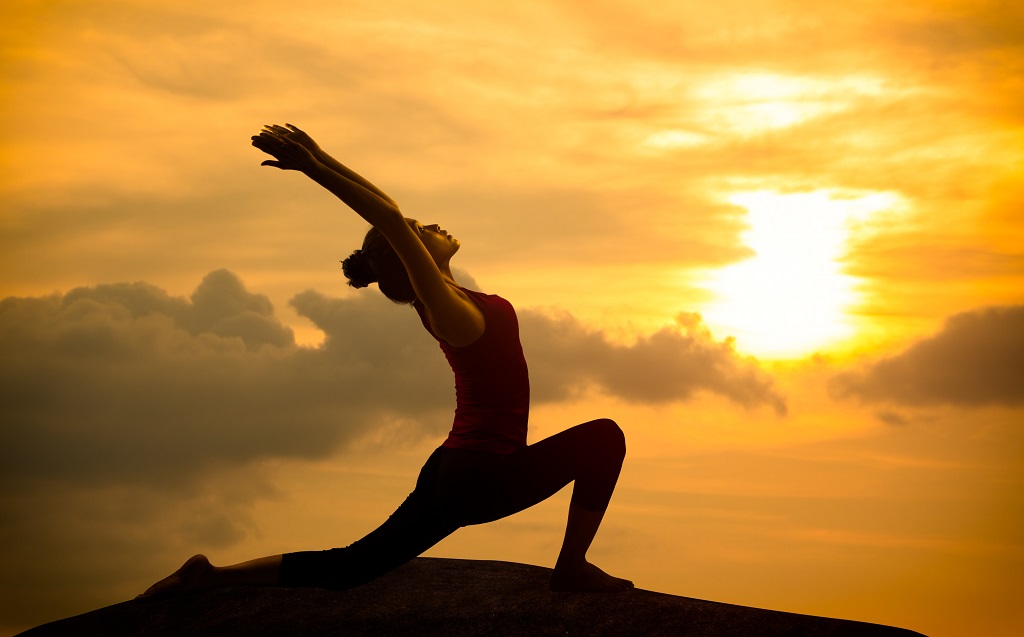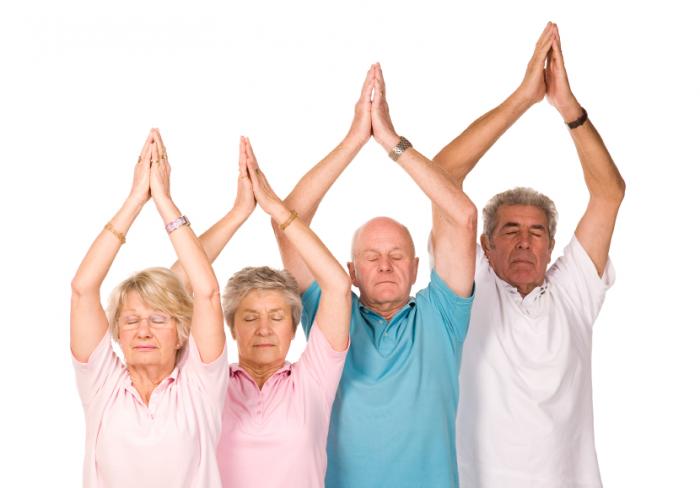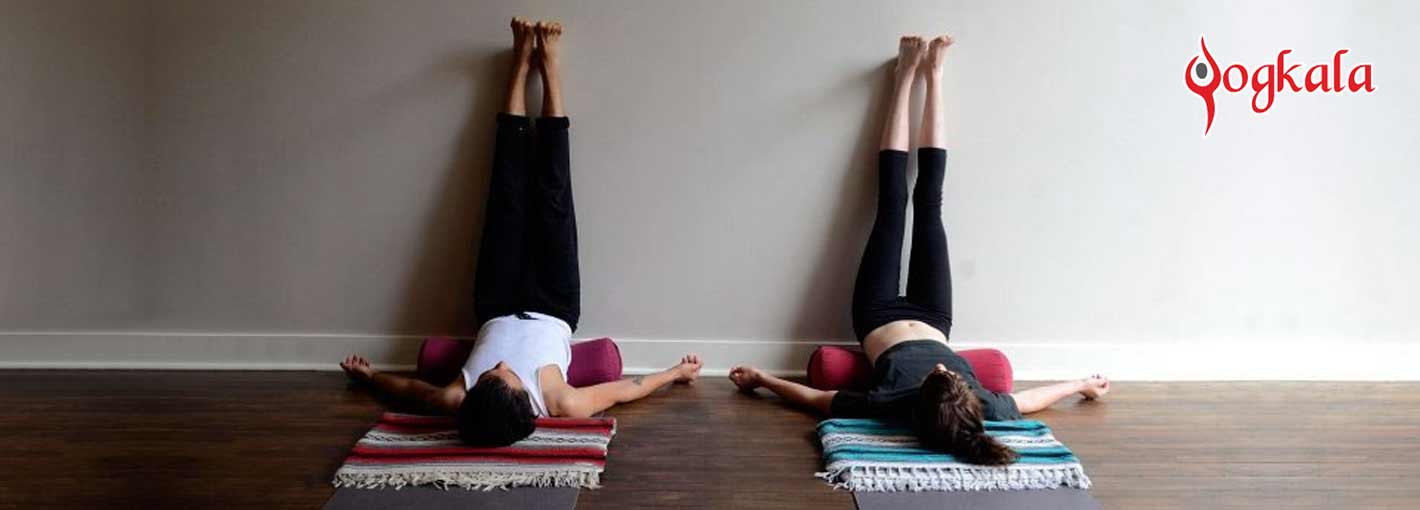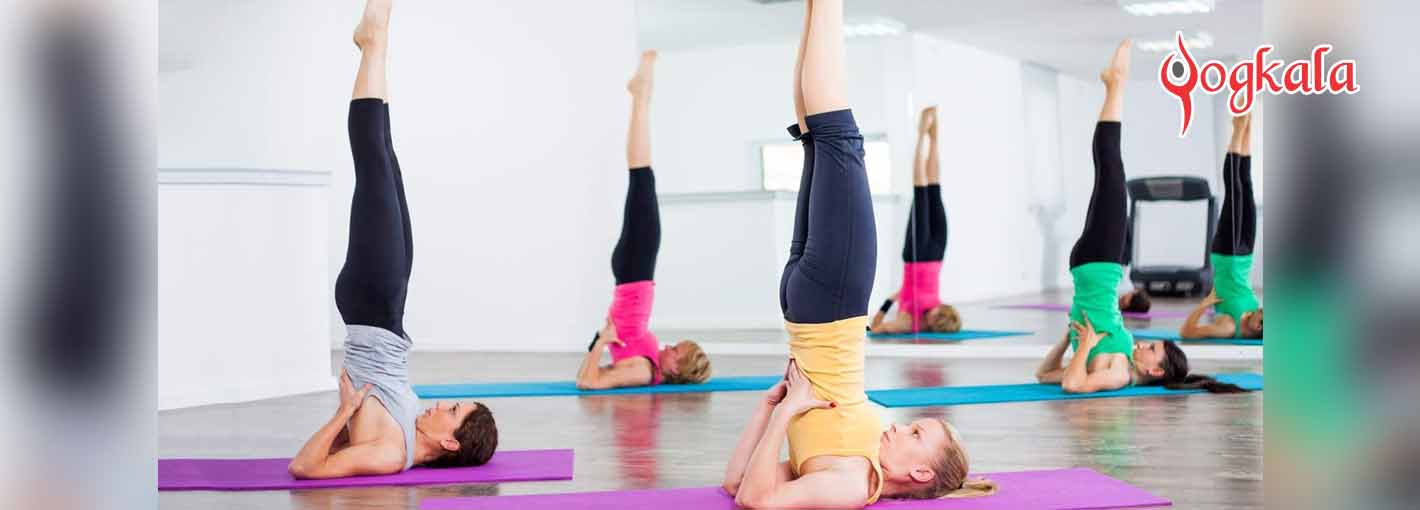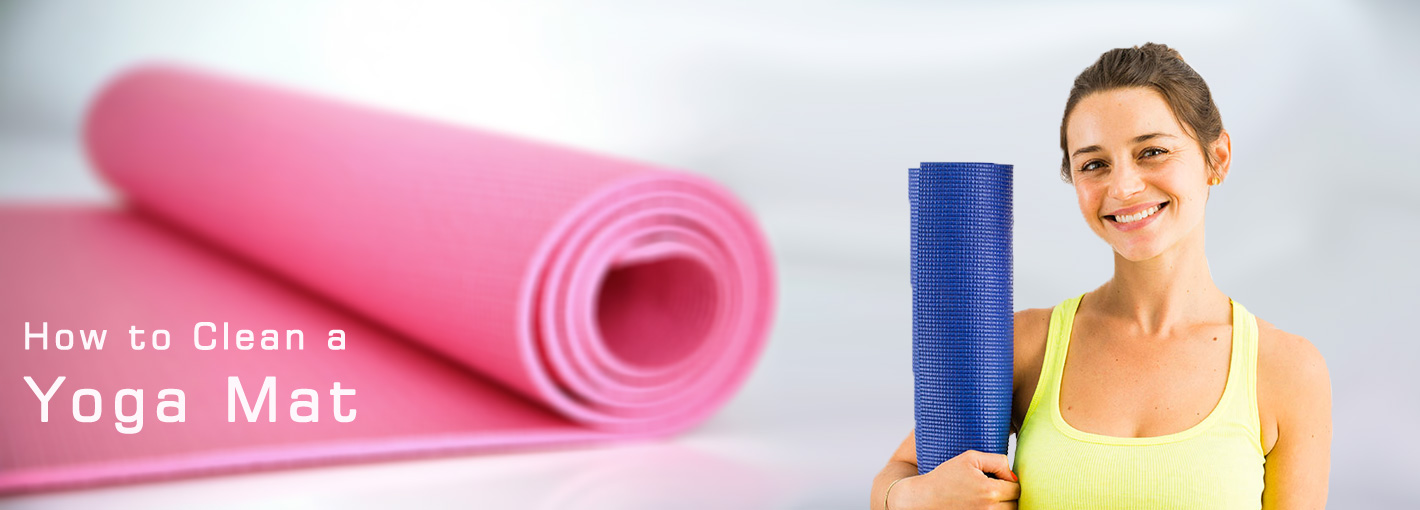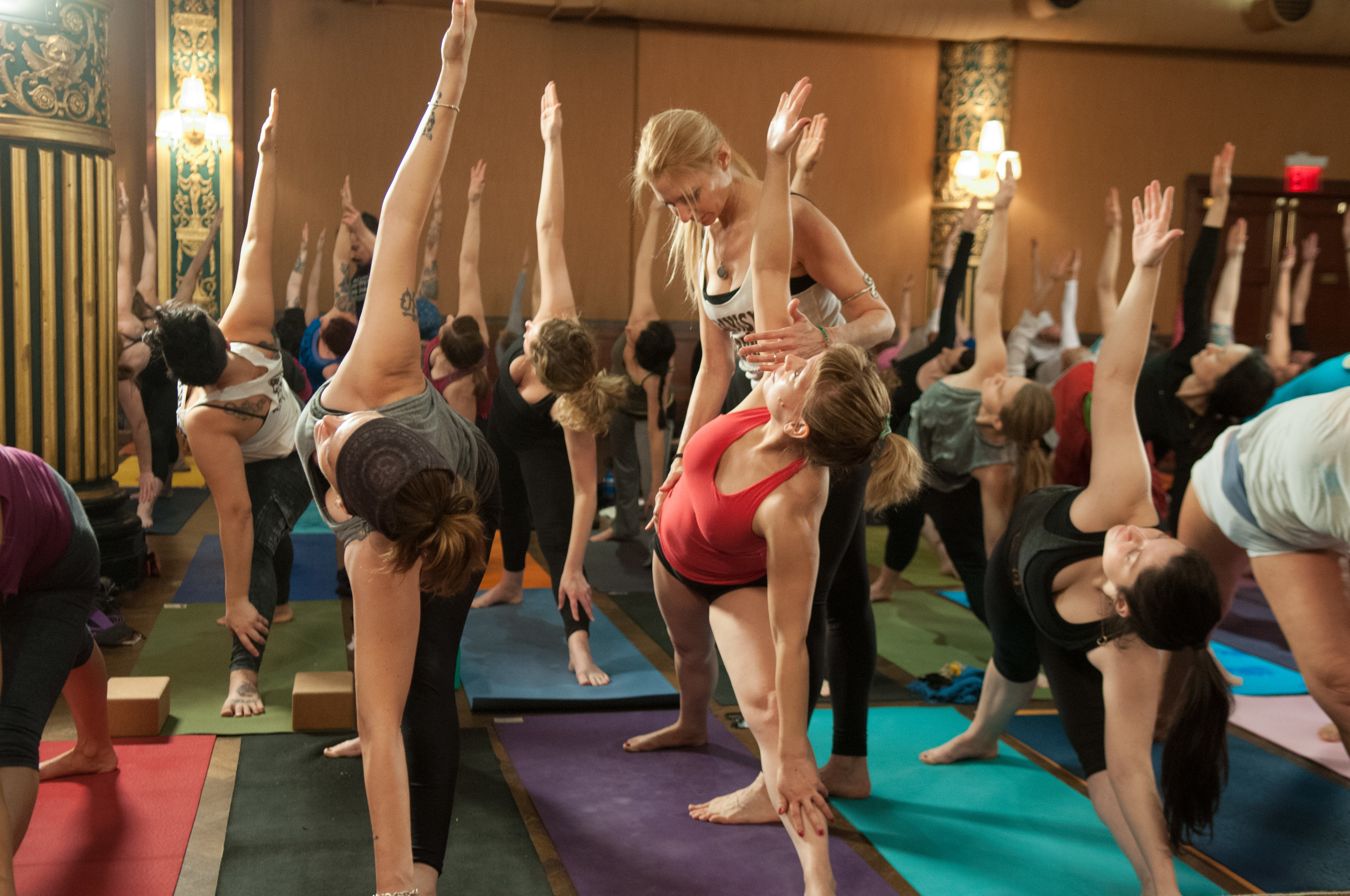Uttanasana (Standing Forward Bend) – A Complete Yoga Posture For Intense Stretch
Yoga is a practice undertaken with the objective of uniting the body, mind and soul and liberating our senses from all the bodily issues on a physical and mental level. It is a dynamic practice of different body postures that enhance the flexibility and encourage deep and easy breathing with strong inhalation and exhalation.
Today in this blog post, we will discuss about one of the various yoga asanas ‘Uttanasana or Standing Forward Bend’. It is derived from the Sanskrit word ‘Ut’ which means something intense or of superiority and Tana which means stretch and thus Uttanasana means the Intense Stretch. It has many health benefits and provides mobility to the body. It is also called with different names such as standing head to knee pose, standing forward fold pose, intense stretch pose and intense forward bending pose. It also has variations that are further discussed in this post.
Steps To Follow
There are certain steps which are needed to be followed while practicing Uttanasana. Here they are:
Step 1
Inhale while standing straight on the mat and resting your hands on the hips.
Step 2
Bend slightly forward, allowing your pelvis to fall in the forward direction with your hands placed on the hips and exhale in the resting position.
Step 3
When you reach the bottom of the ground, let your hands hang and slowly exhale deep breaths while resting in that position and try to catch the grip on your ankles and reach your head below the knee while bending downwards.
Step 4
If your flexibility is above average, you can rest your hands on the ground and hold the position for at least 30 seconds and the beginners should hold it for 10 seconds. Breathe through the nostrils throughout the asana.
Step 5
Take a few deep breaths while coming to the original position and then exhale to relax.
What Are The Variations?
There are some variations of this asana and can be done with different other postures that complement your body the best. Some of the variations have been listed below.
- Ardha Uttanasana
This is a variation of Uttanasana where a person bends forward from a standing position and gently lifts the heart and head keeping the back flat. This can be practiced by keeping the hands on the wall.
- Parsva Bhaga Uttanasana
This has been proposed by the famous yoga guru Swami Krishnamacharya in the Vinyasa yoga practice as a variation of Uttanasana which stretches the entire back from head to heels.
- Niralamba Baddha Eka Pada Uttanasana
This comes from “Niralamba” meaning Unsupported, “Baddha” meaning Bound, “Eka” meaning and One “Pada” meaning Foot or Leg, translating it to Unsupported Bound One Legged Intense Stretch Pose.
- Purna Uttanasana
Here “Purna” means “Full”, thus translating it to Full Forward Bend as a variation to Uttanasana which helps in stretching and strengthening of the hamstrings.
- Tiriang-Mukha Uttanasana
This is also a practice of Ashtanga Yoga where much emphasis is laid upon the stretching of the muscles just to provide mobility to the body.
Benefits Of Uttanasana
Uttanasana has a plethora of advantages, helping one rejuvenate the self. Some of these advantages are:
- It actively stretches the hamstrings, legs and calves which strengthens the muscles and offers flexibility and mobility to the body.
- It alleviates the symptoms of chronic fatigue as it involves active stretching which rejuvenates the mind as it allows direct flow of the blood from toe to the head and revives the body.
- It helps to reduce the high blood pressure.
- Improves bowel movements and enables sound digestive system.
- It affects the joints in a positive way and strengthens them resulting in release of tension from joints, neck and the back.
- It helps in treating osteoporosis and sinusitis.
- It also helps in improving fertility.
- The intense stretching activates the abdominal muscles and eases out the symptoms of menopause, asthma, headache and insomnia.
Precautions
Uttanasana mainly affects the nerves, muscles and joints as it involves intense stretching of these. It has numerous benefits to your advantage but it is advisable to do it with caution if you have these problems:
- Chronic back pain or injury in lower back.
- Sciatica pain in the muscles.
- Glaucoma or problem in the eyes as the blood rushes from toes to head while bending downwards, affecting the eyes.
- Tear in calves, joints or hamstrings.
Summing Up
Uttanasana is one of the asanas practiced by the individuals with an objective of keeping the body healthy due to its reviving properties. Every asana in yoga has its benefits and contradictions for which a caution and a remedy have been suggested. You are advised to practice these asanas in the presence of a certified professional who can guide you better according to your body type. Each asana has its therapeutic and reviving properties which helps you boost your immune system and improves your overall health but it is recommended to consult your doctor before starting these exercises.
So what are you waiting for? Go and join a yoga community and start practicing this magical posture for an improved health.
Hope you enjoyed reading. We wish you good health and luck.
Thanks for visiting!
